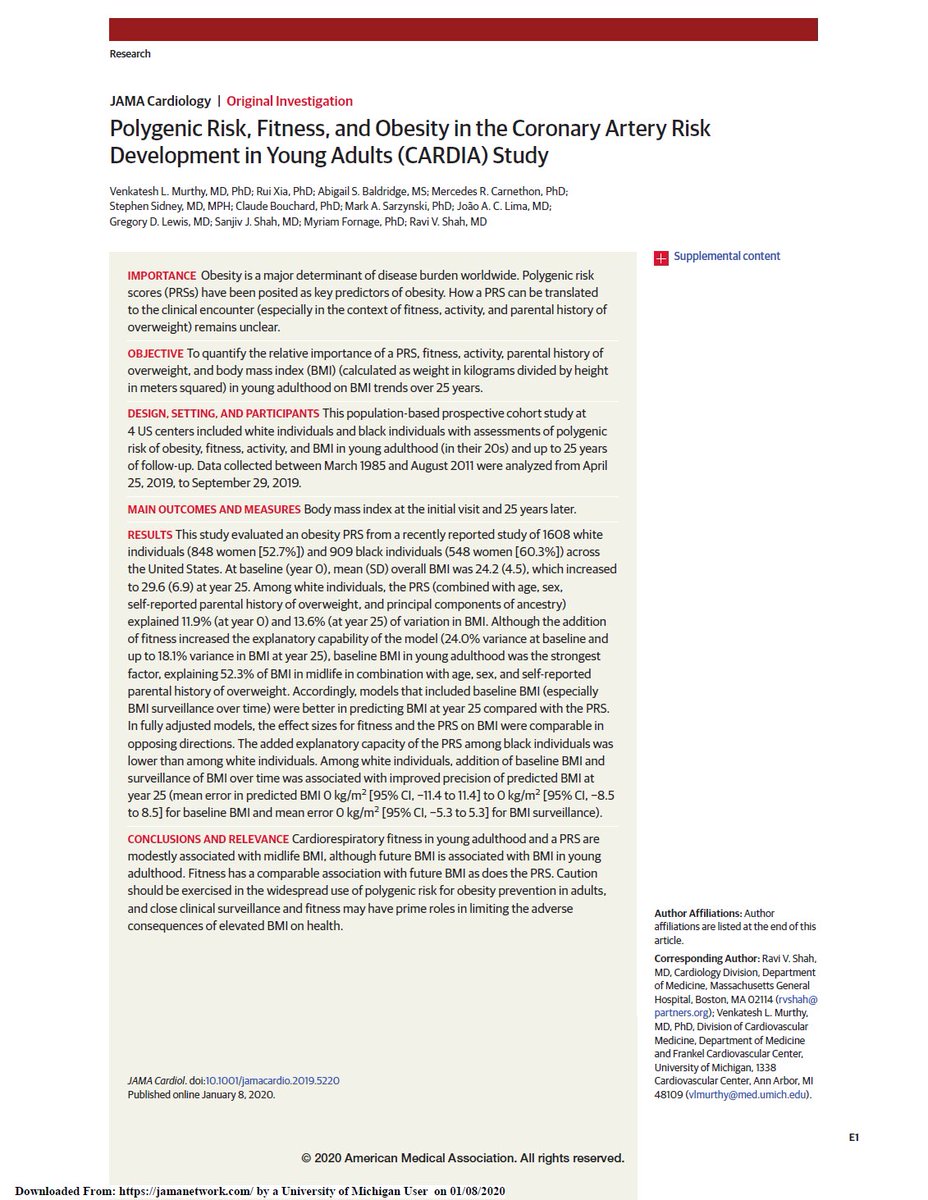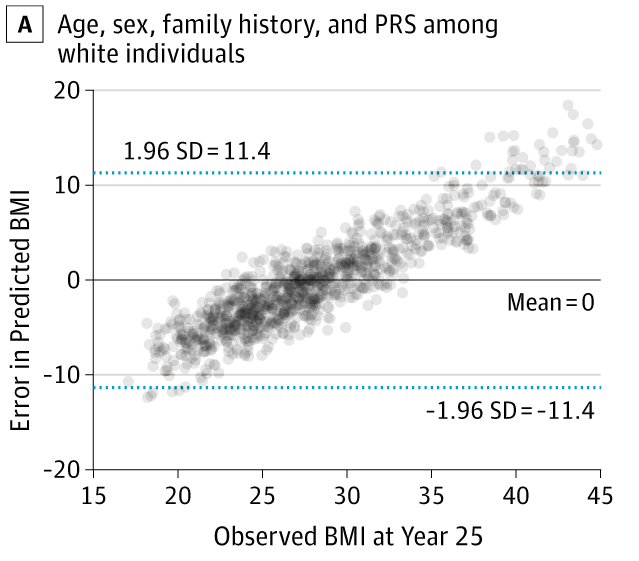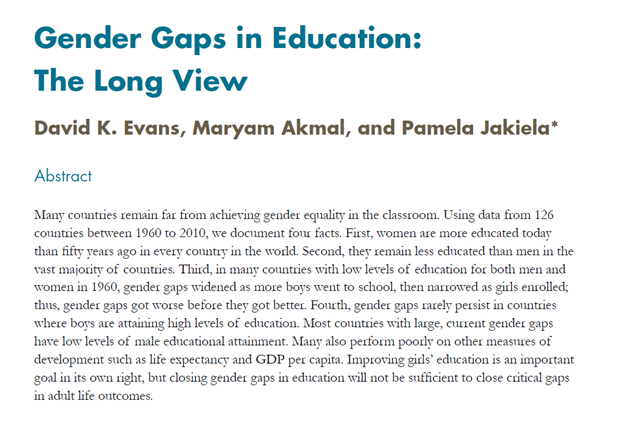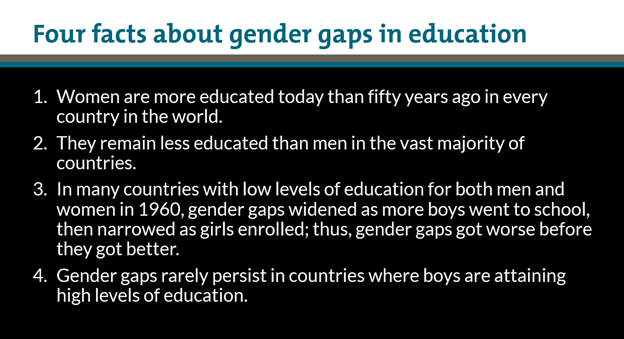what are the relative contributions of genetics, fitness and physical activity to the development of obesity?
jamanetwork.com/journals/jamac…

We used @skathire @amitvkhera genomewide PRS as most comprehensive measure of genetic risk of obesity to date:
sciencedirect.com/science/articl…
cardia.dopm.uab.edu
Adding PRS bumped that up to 11-14% of variance in BMI we can account for.
Fitness, by comparison, explained ~18-25% of the variance over time
Putting all of these data together only got use to 22-27% though.
1 measure at age 18-30 is *very* good over 25 yrs.
Refining it with serial measures is even better.
A while back I generated this simulated data of how well a PRS would do and caught a lot of flak for it:
Meaning that the range of predicted BMI really doesn't change much regardless of what the *real* BMI is.
















